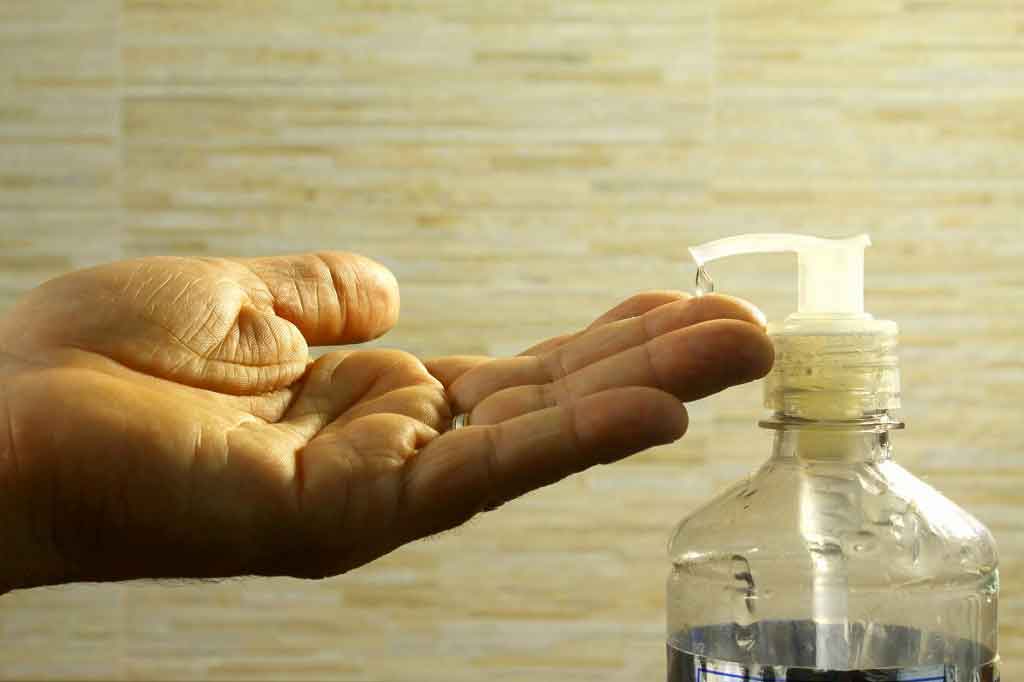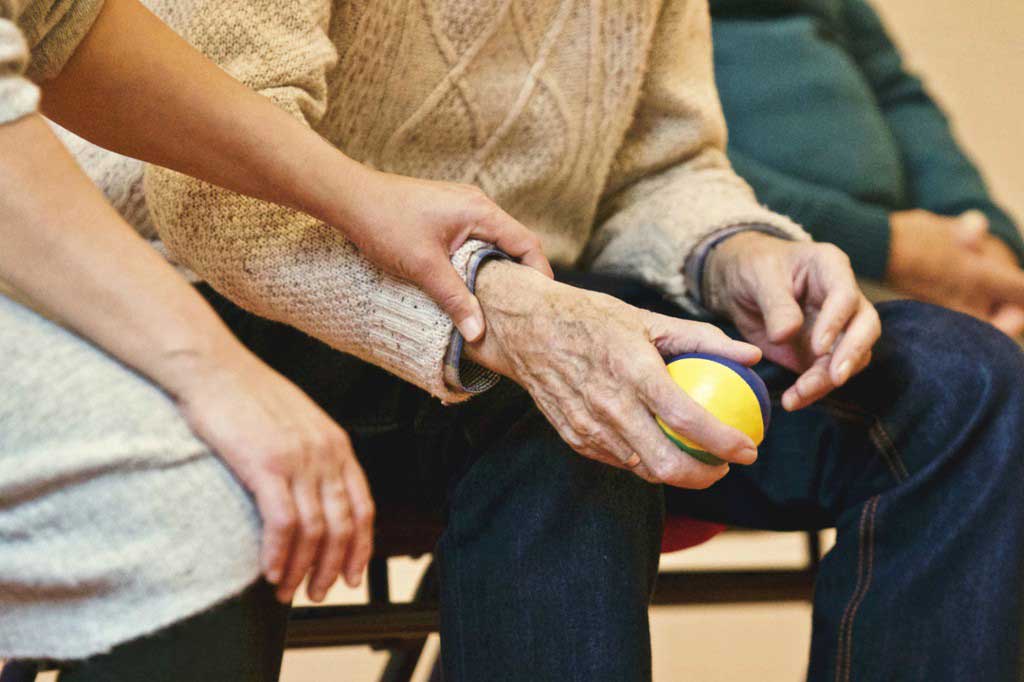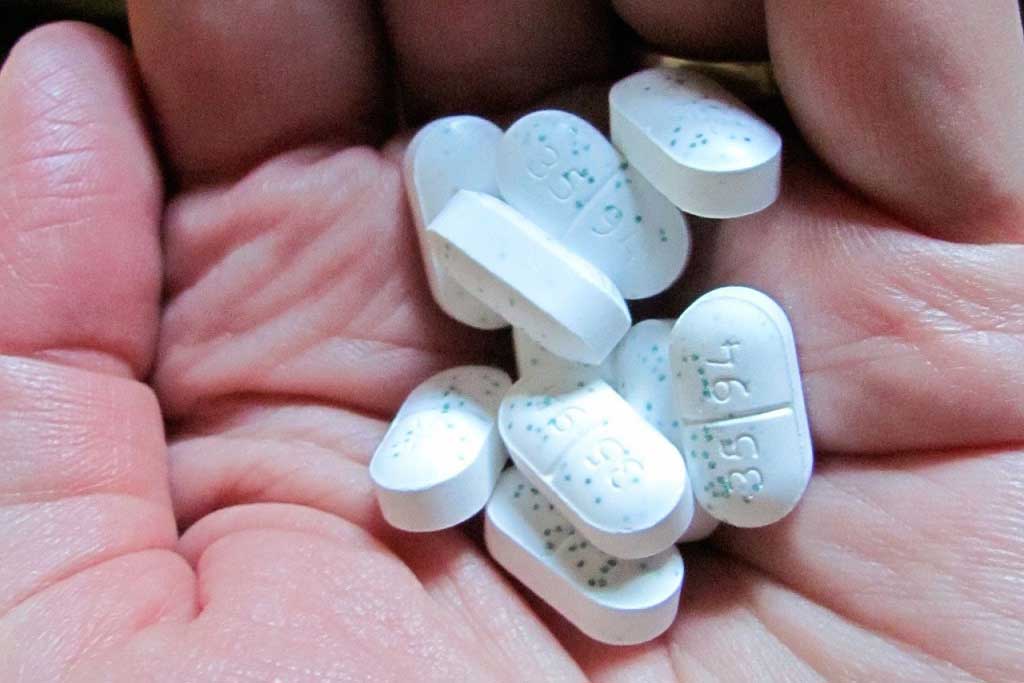Study finds hope for ARMD
Older people
“A protein found in blood cells could be the key to treating or preventing two of the commonest causes of blindness”, The Times reports. The article says that US
“A protein found in blood cells could be the key to treating or preventing two of the commonest causes of blindness”, The Times reports. The article says that US scientists used drugs to prevent damage in mice given a condition similar to age-related macular degeneration (ARMD) and diabetic retinopathy. The drugs activated Robo4, a protein that controls two of the main factors in the eye conditions: abnormal vessel growth and blood vessel leakage.
The well-conducted animal study that lies behind these stories is of immediate interest to scientists and doctors working in the field. However, only studies in humans will show whether Robo4 has real potential in the treatment of vascular eye disease. It should be noted that only one in 10 ARMD patients has the type of the disease that is associated with the new growth of abnormal blood vessels (i.e. ‘wet’ ARMD) and so might benefit from treatments based on this technology.
Considering that diabetic retinopathy is currently treated with lasers and not with drugs that prevent blood cells growing, it seems more likely that any treatment from this technology would focus on wet ARMD (which is currently treated with anti-VEGF drugs that prevent or slow the growth of blood vessels).
Where did the story come from?
Dr Christopher Jones and a team of collaborators from the University of Utah, Cancer Research UK, the University of California San Diego and other research and academic units in the USA, Japan and Sweden carried out the research.
The study was funded by grants from: the US National Cancer Institute Multidisciplinary Cancer Research Training Program; Cancer Research UK; the National Eye Institute; the National Heart, Lung and Blood Institute; the National Institute of Arthritis and Musculoskeletal and Skin Diseases; the HA and Edna Benning Foundation; the Juvenile Diabetes Research Foundation; the American Heart Association; the Burroughs Wellcome Fund; and the Flight Attendant Medical Research Institute.
The authors declare that they have competing financial interests and some have filed a patent with the intention of commercialising the use of Robo4. The study was published in Nature Medicine, a peer-reviewed medical journal.
What kind of scientific study was this?
This was a laboratory study in a mouse model of vascular diseases of the eye, using mouse cells and live mice in different parts of the experiment. The researchers were interested in the function of a protein called Robo4, which belongs to the roundabout proteins family. Roundabout proteins guide growing nerve cells in the nervous system. The aim of the research was to investigate what effect the protein has on the growth of blood vessels. Two of the principal causes of wet ARMD and diabetic retinopathy are the abnormal growth and “leakage” of blood vessels.
There were several parts to the experiment, which largely involved the researchers testing a theory using cultured mouse cells and then repeating it in live mice.
The researchers first created genetically modified mice that carried the gene that codes (gives instructions) for the development of the Robo4 protein. These mice also carried a particular ‘marker’ that would mean researchers could tell when the gene was being expressed. The marker allowed the researchers to see the specific area where the Robo4 protein was made in the dissected mice. For example, they used the activity of the marker to see where Robo4 was concentrating in developing mouse embryos and in various organs and cell types in adult mice, including in their retinas.
Vascular diseases were induced in the genetically modified mice and the effects of their increased Robo4 protein activity was examined.
The researchers then induced a vascular disease of the retina (similar to that seen in diabetic retinopathy) in live mice, by exposing them to a reduced oxygen environment that caused an increase in the blood vessel growth factor (VEGF). This substance induces vascular eye disease by increasing the growth of blood vessels and making them more permeable, leading to leakage.
A model of ARMD was created by exposing the mice eye membranes to a laser. This allowed blood vessels to penetrate the eye epithelium as is seen in this disease.
What were the results of the study?
The researchers found that, in the retina, Robo4 protein was made in the endothelial cells, which line the insides of blood vessels and other enclosed areas of the body. They found that Robo4 prevented endothelial cells from migrating, which is a feature of vascular eye disease in humans. Robo4 was also involved in other chemical pathways that regulate the development of blood vessels.
In particular, Robo4 prevented the migration of endothelial cells, tube formation and the increased permeability of blood vessels in endothelial cells from mice. These problems are features of vascular eye disease in humans. The findings were similar in live mice, where Robo4 ‘moderated’ the growth and permeability of new blood vessels in mouse retinas.
What interpretations did the researchers draw from these results?
The researchers conclude that their study provides the first ‘genetic evidence’ that Robo4 is involved in regulation of a ‘critical function of the vasculature’ and that activating it may ‘have broad therapeutic potential’.
They also imply that the ability of Robo4 to stabilise endothelial cells could enhance existing anti-VEGF treatments currently used to treat vascular eye disease in humans.
What does the NHS Knowledge Service make of this study?
These findings will be of interest to the scientific and medical community as they highlight the role of a particular protein in the stabilisation of vascular structures in the eye. Eye diseases such as diabetic retinopathy and ARMD are associated with unstable vascular structures. They carry a risk for loss of vision in their advanced forms (e.g. ‘wet’ ARMD and proliferative retinopathy). This is when new fragile vessels that can leak blood grow in the retina and cause the scarring that can lead to blindness.
However, systems in mice are very different to those in humans and it is unlikely that these findings are wholly applicable to human health. Further research in human cells and living humans will clarify this, and only well-conducted randomised controlled trials of Robo4 will determine whether the protein has real therapeutic value for vascular eye diseases.
Importantly, the findings that apply to ARMD are relevant only to those that have progressed to a particular type of the disease, i.e. ‘wet’ ARMD. The majority of ARMD sufferers have ‘dry’ ARMD, where blood vessel pathology is not a feature, and for which there is currently no treatment. However, people with ‘dry’ ARMD are at risk of developing ‘wet’ ARMD, associated with a greater risk of rapid visual loss. One of the existing treatments for ‘wet’ ARMD also blocks the blood vessel growth factor investigated by this study. Robo4 was found to inhibit the vascular damage caused by VEGF, so there is the possibility that these developments will eventually lead to another treatment for ‘wet’ ARMD.
Diabetic retinopathy (blockage and leakage of retinal blood vessels caused by poor blood sugar control) is not normally treated until it progresses to the advanced stage (proliferative retinopathy), when new fragile blood vessels develop to nourish the retina that has been starved of oxygen and nutrients. Although similar to the retinopathy of ARMD, the new vessels are currently treated by laser, and not by anti-VEGF therapy. It therefore seems more likely that any developments from this research may lead to a new treatment for ARMD rather than diabetic retinopathy.
These findings represent a scientific advancement in our understanding of the pathways involved in vascular health in the eye, but it is too early to say whether this treatment will reverse or prevent eye disease in humans. These successful experiments in mice are a first step on a long road towards a treatment.






 Subscribe
Subscribe Ask the doctor
Ask the doctor Rate this article
Rate this article Find products
Find products








